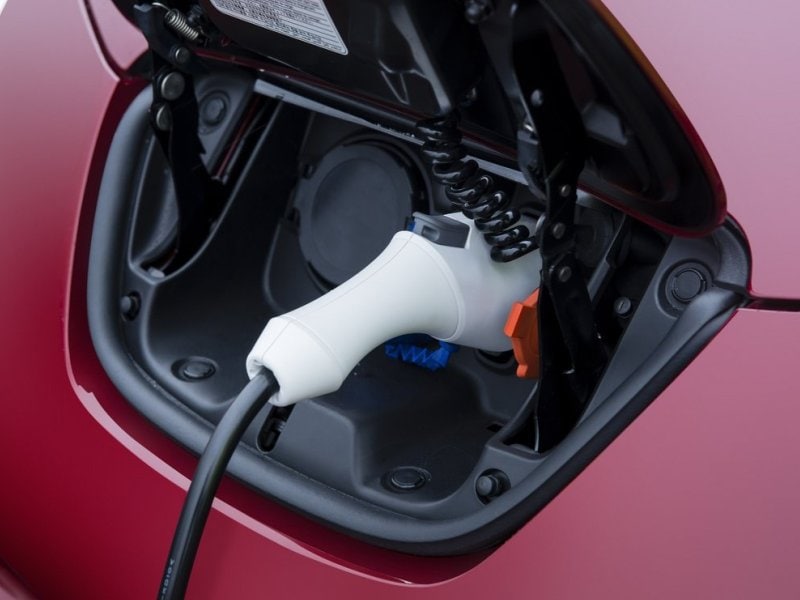Recent Articles
Popular Makes
Body Types
What to Know Before You Charge Up: All About EV Charging Stations
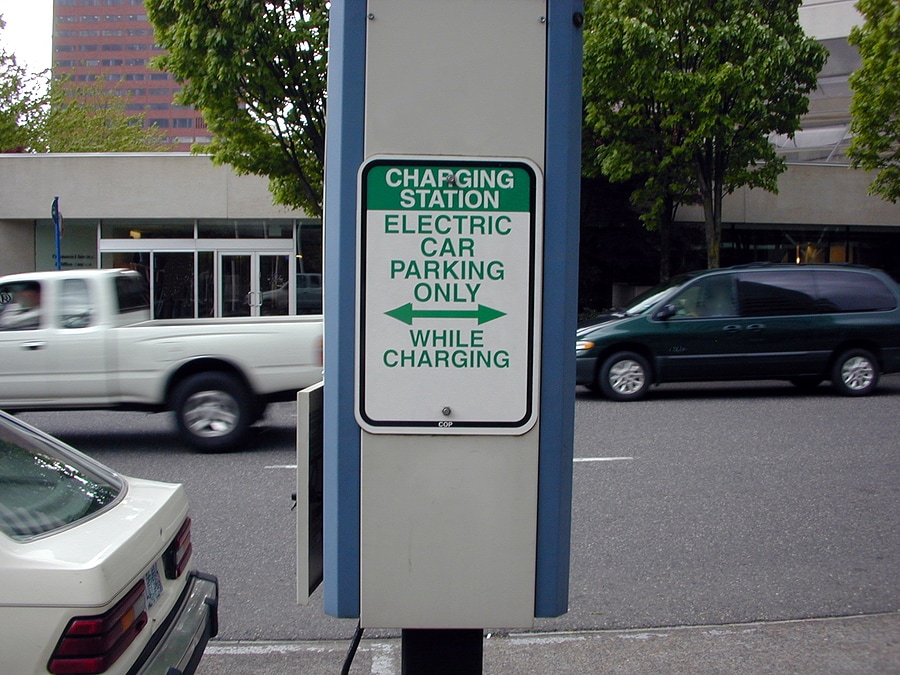
Anyone who thinks electric cars are a passing fad will be surprised to learn there are currently 14 pure electric and eight plug-in hybrid electric cars (both are considered EVs or electric vehicles) currently on the market, all drawing electricity for their motive power from the grid. This means the need for EV charging stations has expanded significantly. In this article: What to Know Before You Charge Up: All About EV Charging Stations, we’ll offer some insights to those charging stations you see popping up all over the place to serve them. Further, with demand increasing, it’s just a matter of time before etiquette becomes an issue; so we’ll also suggest some public usage strategies to help ensure we all get along.
Public Charging Stations
There’s been a lot of news lately about the network of Supercharger stations Tesla Motors is rolling out across North America, Europe, and Asia. A number of Tesla drivers have already made coast-to-coast U.S. drives employing them. However, Tesla’s Superchargers only work for Tesla cars—which they recharge for free. To make a Tesla compatible with other charging stations it includes adaptors so the cars can also use the stations you see at airports, public parking lots, and Whole Foods. Most are Level 2 chargers, which can also be installed in the home. These use the 240-volt electrical standard (like a clothes dryer) to charge more quickly than a 120-volt household outlet (Level 1). Exact recharging times vary by car.
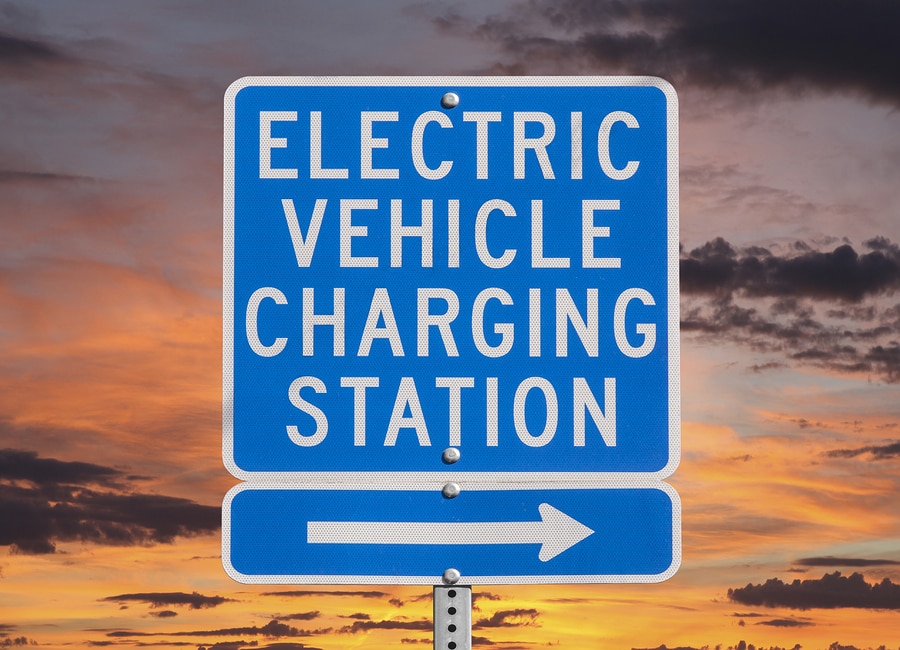
DC Fast-Charge Public Stations
The DC fast charging public stations now starting to roll out use a system similar to the Tesla supercharging network. Drawing 480 volts, it’s currently impractical to use them at your residence. Wire one of these bad boys into your house and you’d dim the lights all over your neighborhood. They require a 480-volt source capable of supporting a current of 125 amps (Level 3). With such a high draw, they can recharge a battery in a fraction of the time required by Level 1 household AC outlets and 240-volt (Level 2) charging stations. In fact, they pump so much electricity so quickly; battery makers have limited them to only 80 percent charges to prevent damage to the battery packs.
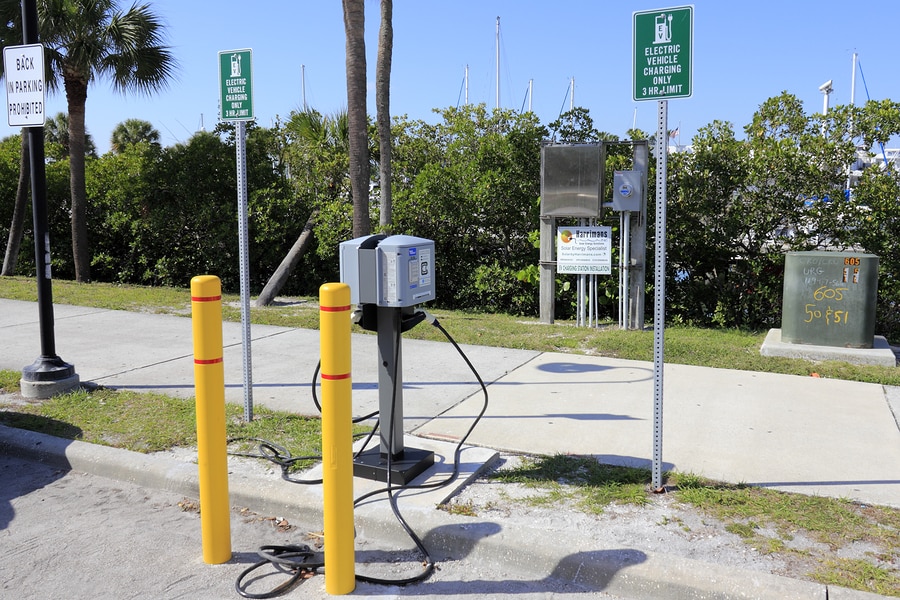
Public Charging Station Rates
Public charging stations are currently proliferating at a pretty rapid clip. The Website PlugShare.com does a rather admirable job of keeping track of them. As you might well imagine, rates vary from provider to provider. Many business owners are installing public stations as a measure of goodwill to demonstrate their concern for the environment and permit their usage at no charge. After all, the electricity most cars can take on while a patron is shopping typically costs a very minimal amount. Currently, there are two major companies operating in this marketplace. Consequently, either ChargePoint, or SemaConnect runs most of the charging stations you’ll encounter. An account with the charging network may be required, although some stations permit credit card usage as well.
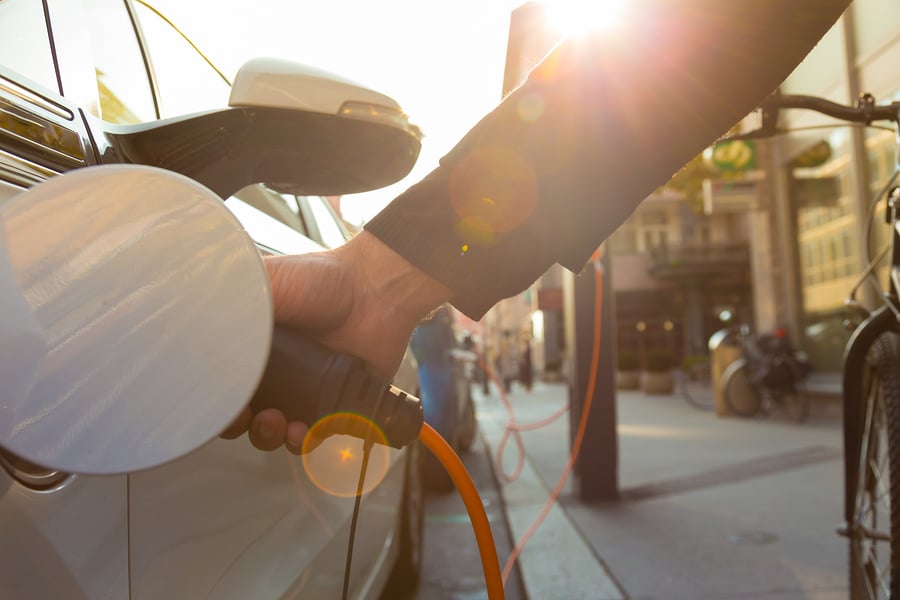
EV Charging Networks
There are currently four primary networks in operation in the United States, with essentially three primary approaches to the way they work; pay as you go, monthly subscriptions, and free. Charge Point is the largest network with just under 3100 sites, 25 percent of which are in California. Many of the stations on its network are free, but some do impose charges. On the eastern seaboard, you’ll find SemaConnect playing second fiddle to ChargePoint. Aerovironment operates primarily in Washington and Oregon and has around 60 sites. They charge members $19.99 monthly for unlimited charging. In Texas, after ChargePoint, the big ones are Blink, and eVgo. Blink charges per kWh (kilowatt hour) as you go; eVgo offers various monthly subscriber plans.
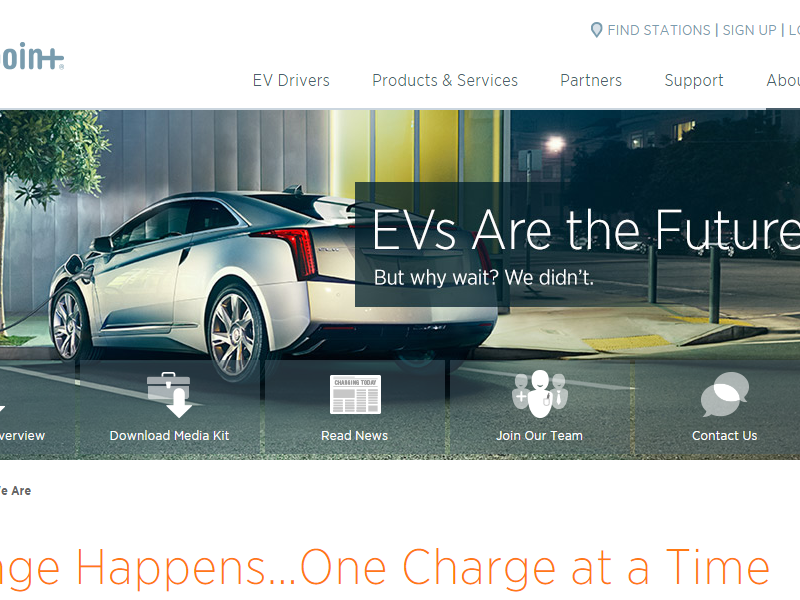
Home Charging
Much is made of the fact it can take many hours to completely recharge an EV using Level 1 from a standard household outlet. In real life though, most people never drive more than 40 miles a day, nor completely deplete their battery packs. If all you have is a regular household outlet and plug your car in all night you’ll usually get enough of a charge to get you to work, where you can plug it in again to get home. Of course, if you install a Level 2 Charger at your residence (prices range from $450 - $1000), you’ll be in much better shape. BTW, these can sometimes be folded into the purchase price of an EV and financed.
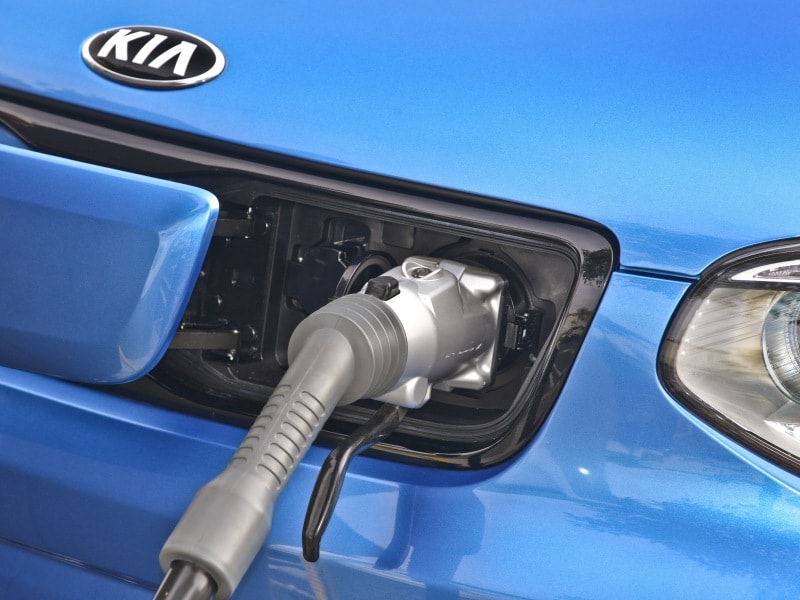
Buying A Home Charger
The first thing to know is the device known as a “charger” is properly referred to as Electric Vehicle Service Equipment (EVSE). The EVSE routes 240 volts of electricity to the actual charging device, which resides onboard the car. If you’re considering the purchase of one today (October 2014) it’s a good idea to get one capable of handling 30 amps of current. Future cars will be capable of drawing 30 amps to improve charging times, so you might as well get ahead of the curve. You’ll also want to make sure it’s on a circuit breaker rated for 40 amps to be on the safe side. Avoid permanent mounting so you can move the EVSE around as you need to.
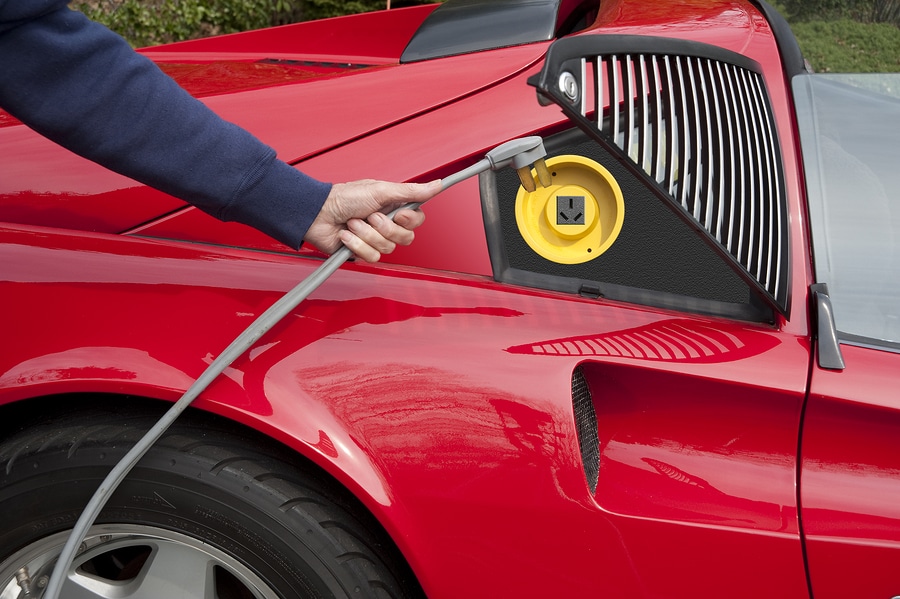
Home Charger Considerations
The prices of EVSE’s range from $400 to right around $1000 as of this writing. While all of them pretty much do the same thing (route electricity to the charger in your car), they have different strategies for accomplishing it. You’ll want to make sure the EVSE you buy is compliant with your car, and as many other cars as possible, to reduce the likelihood of needing to replace the EVSE should you ever get a new car. While many have all sorts of WiFi enabled features, most current EV drivers say these aren’t really needed because the car’s smartphone app usually does everything the WiFi features do anyway. We found a nice listing of home EVSE devices at PlugInCars.com.
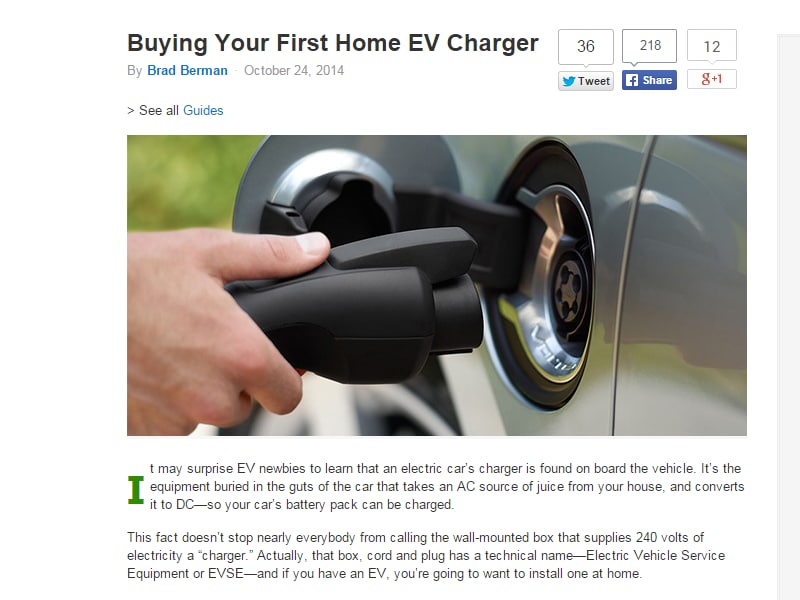
Home Charger Installation Considerations
It’s a very good idea to hire an electrician to reconfigure your home’s electrical system to accept an EVSE. Inexperience can equal death when it comes to interacting with electricity. It’s best to leave this to a professional. The price will vary depending upon the complexity of the installation. When considering where to install the EVSE, make sure it’s within easy reach of where your car is usually parked, and make sure there’s enough cable running from the box to the charging port on the car. Cables run between 15 and 25 feet, so make sure there’s room to coil the cable up after charging to avoid running over it when you come home at night and damaging the connector.

Public EV Charging Etiquette
OK, so let’s say you pull up to a charging station at a mall in your plug-in hybrid at the exact same time as another driver in a pure battery electric. Does usage depend upon who got there first, or since your car will run on gasoline too, should you let them have the charging station? The accepted rule is if they’re going to have trouble making it home on what they have left, they should be permitted first use. If you’re both going to be in the mall, you can give them your cell number and once their car gets to a level of charge to get them home, they could call you so you could switch spaces.
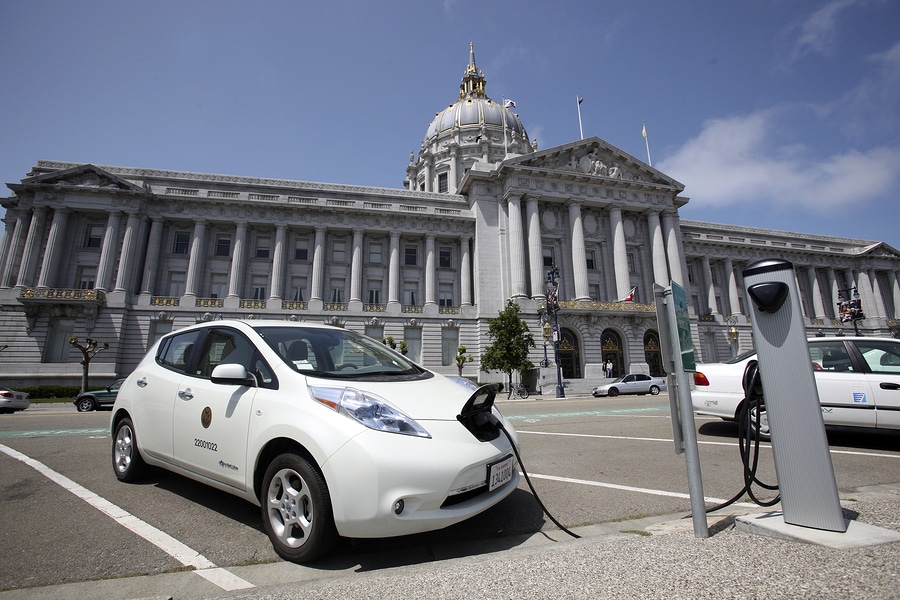
More Public EV Charging Etiquette
Now let’s say you arrive at a bank of charging stations and all of the chargers are plugged into cars. There’s a car on the end fully charged and still plugged in, and a space you can get into close enough for the cable to reach your charge port. Is it OK to unplug that other car? Most EV users agree it is OK, but make sure you leave a note with your phone number to let the other car's driver know you checked to make sure it was completely charged before you unplugged it. As long as the note is polite, most people will understand and go along with it. The thing is to always inform the other driver.
